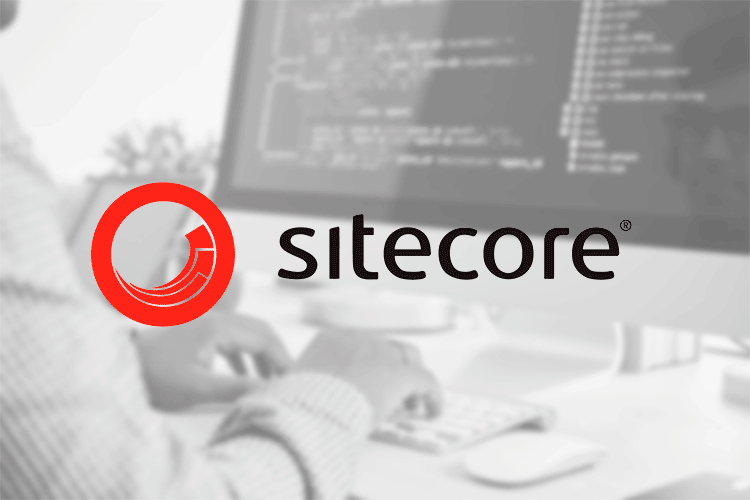In-House vs Outsourced Software Development: A 2025 Playbook
Building software is hard enough without second-guessing your delivery model. This deep dive walks you through in-house vs outsourcing software development, giving you numbers, patterns, and decision shortcuts.

In-House vs Outsourced Software Development: A 2025 Playbook
Definitions
Pros and Cons

Pros of In-House Development
- Instant communication – designers and developers can tap a teammate on the shoulder or drop a quick call.
- Cultural alignment – a shared mission often raises quality and morale.
- IP remains internal – source code and business logic never leave company systems.
- Deep domain knowledge – teams that live with a product for years spot edge cases outsiders miss.

Cons of In-House Development
- High fixed cost – the average US software engineer earns $123 573 per year before benefits indeed.com.
- Slow hiring cycles – niche roles can stay open for months.
- Retention risk – when people leave, so does product memory.
- Limited surge capacity – tight deadlines stretch a small crew thin.

Pros of Outsourcing
- Cost advantage – a mid-level developer in Poland makes roughly PLN 12 000 per month, about USD 38 000 annually, one-third of US pay levels glassdoor.com.
- Rapid start-up – top vendors field complete teams in weeks, not quarters.
- Elastic head-count – scale up for a release, scale back after.
- Process maturity – seasoned partners bring QA, DevOps, and security playbooks you don’t need to invent.

Cons of Outsourcing
- Time-zone gaps – hand-offs need planning if teams sit eight hours apart.
- Less granular control – you steer scope and milestones, but daily task flow is on the vendor.
- Contract diligence – NDAs, service levels, and hand-over clauses need careful wording.
- Vendor lock-in danger – switching mid-project gets costly.
When to Choose Each Model
| Scenario | In-House Wins | Outsourcing Wins |
|
Core IP or patented logic |
✔ |
– |
|
Lengthy product life cycle |
✔ |
– |
|
Budget head-room |
✔ |
– |
|
Strong local talent pool |
✔ |
– |
|
Tight launch deadline |
– |
✔ |
|
Proof-of-concept or short runway |
– |
✔ |
|
Severe skill shortage (AI, blockchain, embedded) |
– |
✔ |
|
Need 24/7 coverage |
– |
✔ |
Reading the grid
If three or more ticks land in one column, that model likely fits the current phase better. Product maturity, funding stage, and hiring climate all change, so revisit the grid at least once a year.
Five Key Differences
| Dimension | In-House | Outsourcing |
|
Total cost of ownership |
Salary + benefits + overhead ≈ $166 k per engineer per year in the U.S. |
Hourly rates (offshore from $40) bundle hiring, gear, and benefits. |
|
Talent reach |
Local market plus costly relocation. |
Global market; niche skills on demand. |
|
Control & governance |
Full authority over tech stack, process, and pace. |
Shared authority defined in contract and SLA. |
|
Ramp-up time |
2-6 months to hire a full team. |
2-6 weeks to onboard a ready-made team. |
|
Risk profile |
IP safer, but payroll and turnover risks remain yours. |
Vendor shoulders staffing and infra risk; you manage contract risk. |
Market snapshot:
What About Cost? A Simple Benchmark
| Cost Element (per engineer, year 1) |
In-House (USA) |
Outsourced (Eastern Europe) |
|
Base salary / rate |
$ 137 000 |
$ 38 000 |
|
Benefits & taxes (≈ 25 %) |
$ 34 000 |
Included in vendor rate |
|
Hardware & licences |
$ 4 000 |
Included |
|
Office space & utilities |
$ 8 000 |
Included / minimal |
|
Year-one total |
≈ $ 183 000 |
≈ $ 38 000 |
Figures vary by seniority and location, but the spread illustrates why outsourcing trims early burn rate.
Risk vs Reward
Draw four points cost, control, flexibility, speed.
- In-house scores highest on control, mid on speed, low on flexibility, highest on cost.
- Outsourcing ranks high on flexibility and speed, mid on cost, lower on direct control.
Pick the two tips that matter most this quarter, and the right model usually reveals itself.
Hybrid Approach – The Best of Both
Many growth companies split duties:

Core crew (in-house).
Road-map, architecture, sensitive code.

Extension crew (outsourced).
Feature spikes, testing, mobile ports, 24/7 support.

Rotation plan.
Bring vendor tech leads into quarterly planning to keep context fresh.
Case in point:
How to Decide
When the Choice Is Critical
Launch deadlines, compliance audits, and investor milestones all raise the stakes. A wrong turn here can delay releases and burn cash.
A Quick Self-Assessment
Answer each question with yes or no.
- Do you need daily face-to-face collaboration?
- Is your code base stuffed with trade secrets or regulated data?
- Can your budget carry full salaries and benefits for at least three years?
- Is the time-to-market window flexible?
- Does your city have enough qualified engineers?
Four or five yes answers signal an in-house tilt. Two or fewer push toward outsourcing. Three demands a hybrid or deeper analysis.




